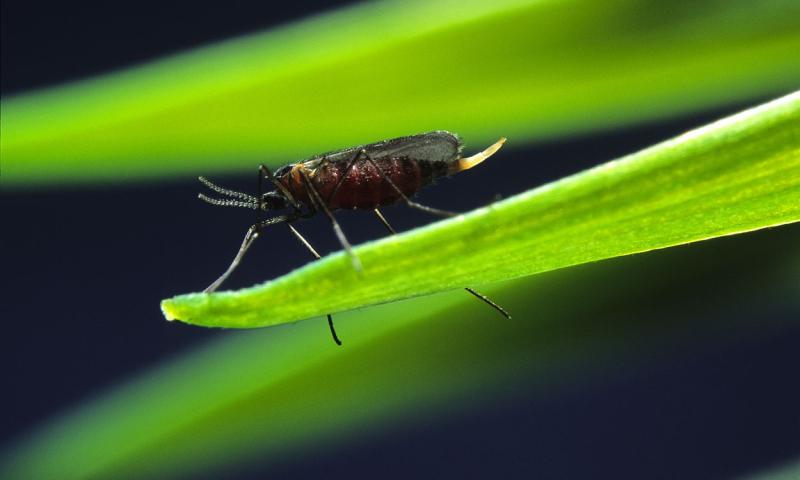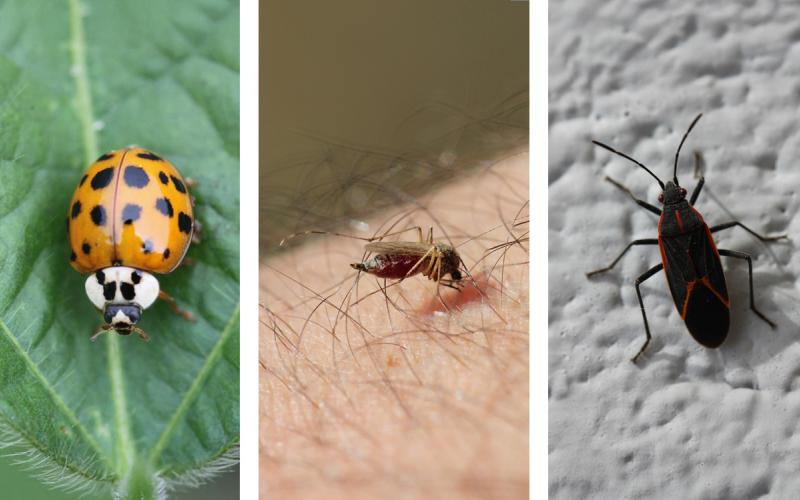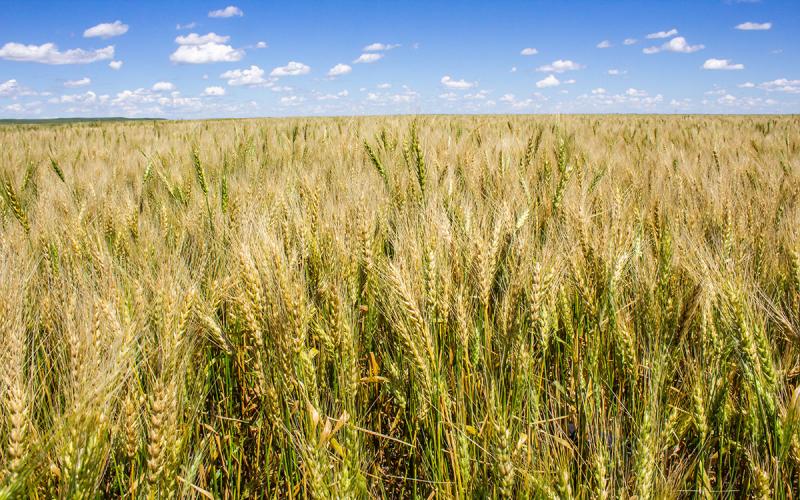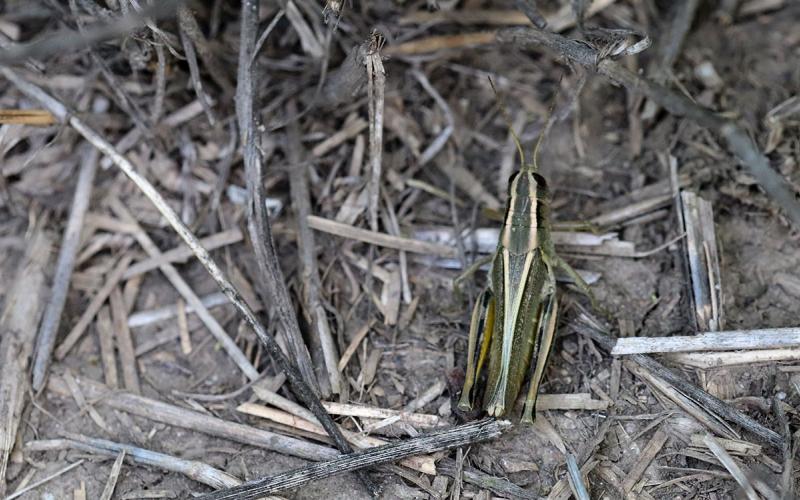Originally Published: August 31, 2023
Written collaboratively by Adam Varenhorst, Patrick Wagner, Philip Rozeboom, Brad McManus, and Sunish Sehgal.
As winter wheat planting rapidly approaches there are many factors that must be considered. One of those factors is choosing a planting date. For optimal yields, it is recommended that winter wheat is planted between September 10th through October 10th in South Dakota. This provides the developing wheat a window of 8-12 weeks for growth before the first hard frost. However, due to Hessian fly infestations in central South Dakota, planting in early September in some areas of the state is likely to increase Hessian fly issues for 2026.
Planting Recommendations

Based on Hessian fly free (fly-safe) dates used in North Dakota (Northern ND after September 15th and Southern ND after September 30th) the following recommendations would be planting date suggestions for South Dakota: Planting winter wheat after September 30th in northern South Dakota, and planting winter wheat after October 15th in the southern half of the state. However, planting after October 15th may have negative agronomic impacts and for that reason, we are recommending planting after October 7th for the southern half of South Dakota. We plan to evaluate these fly free dates in the next few years.
Hessian flies will begin to emerge during August and September. After emerging, Hessian fly adults only live 1-4 days, which is why delaying planting can greatly reduce Hessian fly infestations.
Management Considerations
Resistant Cultivars
Planting resistant wheat cultivars for Hessian fly can help to suppress populations.
There are currently 34 Hessian fly resistant genes identified. However, it is important to rotate cultivars to help eliminate the chance of pests developing resistance.
For South Dakota, the SDSU Winter Wheat Breeding Program has observed low resistance in the Winner variety and moderate resistance in the variety SD Pheasant.
To purchase SDSU Foundation Seed call or text Zachary Loomis (605-690-8358) or email your order.
Fly-Free Dates
Avoid planting (if possible) until after a fly free date. Fly free dates have been used to determine when Hessian fly activity has ceased during the fall, and planting is “safe”. However, these dates can vary depending on many environmental factors.
Crop Rotation
Hessian flies have a very limited host range with wheat being the preferred host. Avoid planting wheat back-to-back where problems with Hessian flies have previously occurred. Rye and barley are also suitable hosts.
Weed Removal
Remove any volunteer wheat, rye or barley prior to planting wheat to prevent “green bridges” into the new crop.


